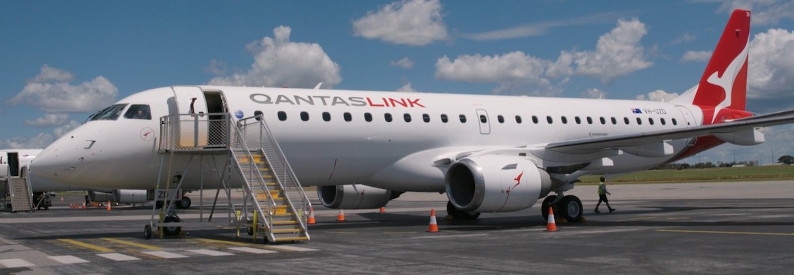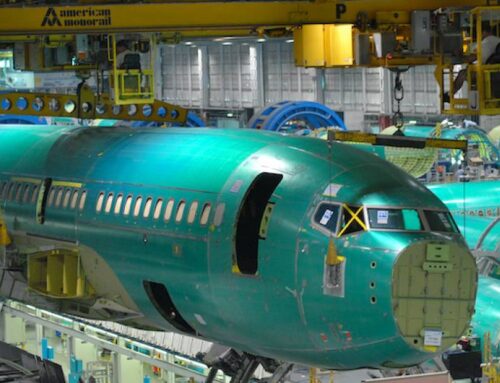
Qantas has joined a pioneering alliance aimed at recycling valuable materials from retired aircraft to manufacture new airplane components, marking a significant stride towards sustainable aviation. The Australian airline announced its collaboration with the Aviation Circularity Consortium (ACC), which includes prominent industry stakeholders dedicated to reducing the carbon footprint across the aviation supply chain.
The initiative focuses on the “whole-of-life” approach to aviation sustainability, which encompasses the entire lifespan of an aircraft from construction to decommissioning. The ACC aims to transform the 8,000 aircraft currently residing in boneyards around the world into a valuable resource for producing high-quality materials like carbon fiber and aluminum, essential for new aircraft construction.
The consortium’s founding members, alongside Qantas, include Nandina REM, Jamco America, Sumitomo Corporation Asia & Oceania, Titan Leasing, and Vaupell. Notably, Nandina REM plays a crucial role by providing ultra-low emission advanced materials that support the aviation and automotive industries’ transition to net zero emissions.
Andrew Parker, Qantas’ Chief Sustainability Officer, emphasized the airline’s commitment to reducing its environmental impact through innovative collaborations like the ACC. He highlighted the untapped potential in recycling high-value materials from retired aircraft, which can significantly contribute to sustainable practices within Qantas’ operations and the broader aviation industry.
The ACC’s strategy involves a two-phase process, beginning with the development of a roadmap for certifying reclaimed materials for aviation use. This roadmap, set for publication later this year, will outline the standards and processes necessary to reintegrate recycled materials into the production cycle, ensuring they meet aviation specifications.
In the second phase, Nandina REM will spearhead efforts to engage with financial institutions to create sustainability-linked financial products that support the adoption of these practices across the supply chain. This approach was recently showcased at the Singapore Airshow, where Nandina REM introduced industry-grade carbon fiber material reclaimed from end-of-life aircraft.
This initiative not only aims to significantly reduce waste and pollution from decommissioned aircraft but also aligns with global efforts to achieve net-zero emissions by 2050. By turning industry waste into a resource, Qantas and its partners are setting a precedent for circular economy practices in aviation, highlighting the sector’s commitment to environmental stewardship.
Sources: AirGuide Business airguide.info, bing.com, simpleflying.com







